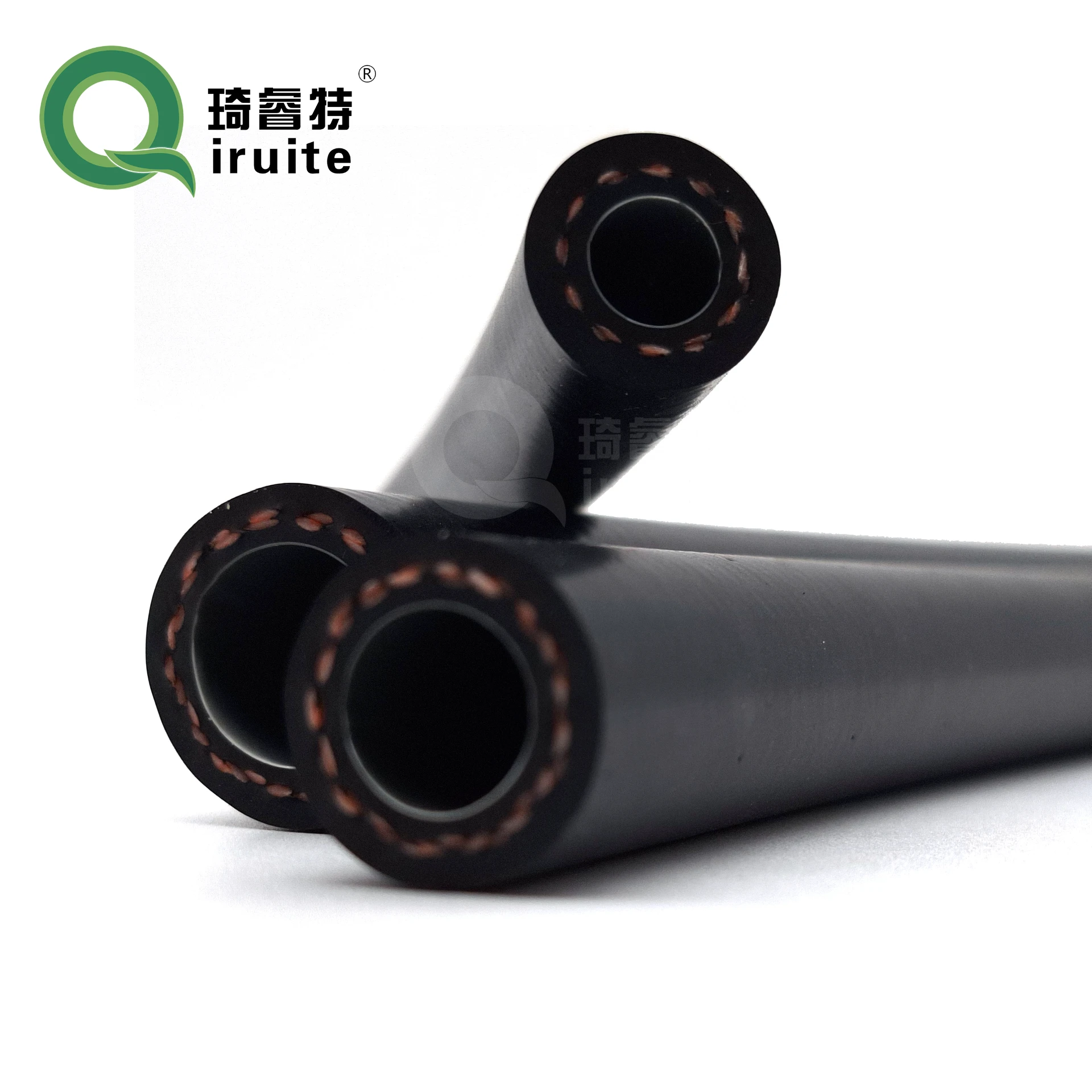Comparative Analysis of Male and Female Hose Connectors in Various Applications
Understanding Female and Male Hose Connectors A Comprehensive Guide
Hose connectors are essential components in a variety of applications, ranging from gardening and landscaping to industrial uses. They play a crucial role in linking hoses to devices or other hoses, ensuring the effective transfer of fluids and maintaining the integrity of the system. One vital distinction in hose connectors is between female and male connectors, each serving specific purposes and featuring distinct designs.
What Are Male and Female Hose Connectors?
Male and female hose connectors are characterized by their design and the way they connect to other components. Male connectors typically feature a protruding end that fits into the recessed end of a female connector. This design ensures a secure connection, preventing leaks and allowing for easy disconnection when necessary. The identification of these connectors is straightforward male connectors usually have external threads, whereas female connectors have internal threads.
Applications of Hose Connectors
Male and female hose connectors are utilized across various domains. In gardening, for instance, they are used to connect hoses to taps, sprinklers, or other hose attachments, facilitating the watering process. In industrial settings, these connectors can link hoses to machines or pumps, ensuring that fluids are transferred safely and efficiently. The versatility of these connectors makes them indispensable in both residential and commercial applications.
Choosing the Right Connector
female and male hose connectors

When selecting hose connectors, several factors must be considered, including the hose diameter, material compatibility, and the specific application. The size of the connector must match the hose's inner diameter for a tight fit, preventing leaks. Common materials for hose connectors include plastic and metal; plastic connectors are lightweight and rust-resistant, making them suitable for lightweight garden hoses, while metal connectors offer durability and robustness for industrial applications.
Additionally, compatibility with the substances being transported is crucial. Certain plastics may degrade when exposed to chemicals or high temperatures, so it is essential to choose a connector that can withstand the environmental conditions of the intended use.
Installation and Maintenance
Installing hose connectors is generally a straightforward process. For threaded connectors, ensuring that the threads align correctly is essential for a secure fit. Some users may apply thread seal tape to the male threads to further prevent leaks. Regular maintenance is vital for ensuring the longevity of hose connectors. Inspecting for wear and tear, especially after harsh weather conditions or extensive use, can prevent unexpected failures. Cleaning connectors after use helps eliminate buildup, which can compromise their effectiveness over time.
Conclusion
Understanding the distinctions and applications of female and male hose connectors is crucial for anyone working with hoses, whether for simple gardening tasks or more complex industrial needs. Choosing the right type of connector can greatly affect the efficiency and safety of fluid transfer systems. By taking into consideration the quality, compatibility, and proper maintenance of these components, users can ensure a reliable and long-lasting connection that meets their specific needs. With the right knowledge, even the simplest hose connectors can play a vital role in everyday tasks and industrial processes alike.
-
Ultimate Spiral Protection for Hoses & CablesNewsJun.26,2025
-
The Ultimate Quick-Connect Solutions for Every NeedNewsJun.26,2025
-
SAE J1401 Brake Hose: Reliable Choice for Safe BrakingNewsJun.26,2025
-
Reliable J2064 A/C Hoses for Real-World Cooling NeedsNewsJun.26,2025
-
Heavy-Duty Sewer Jetting Hoses Built to LastNewsJun.26,2025
-
Fix Power Steering Tube Leaks Fast – Durable & Affordable SolutionNewsJun.26,2025

